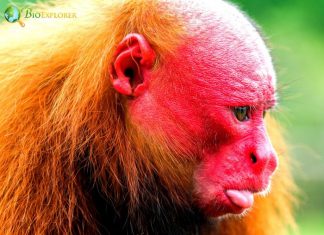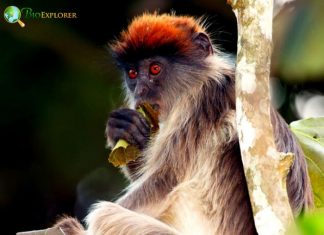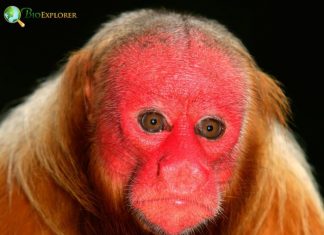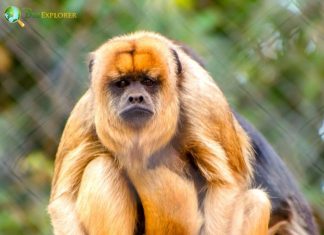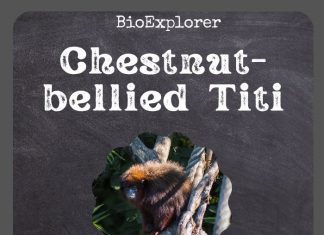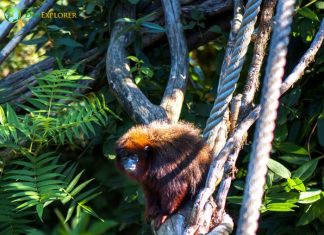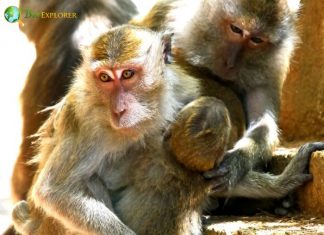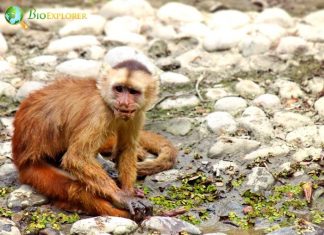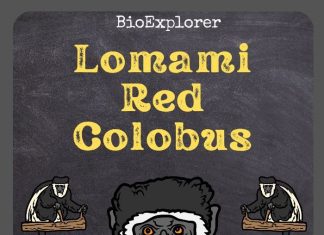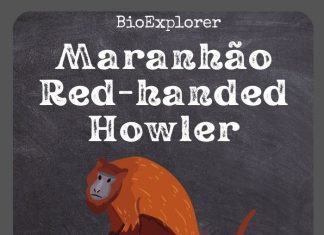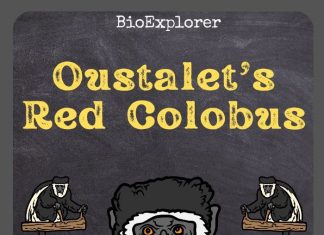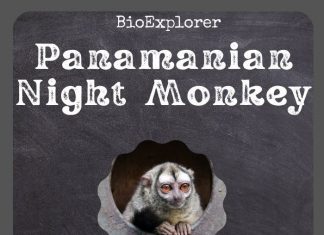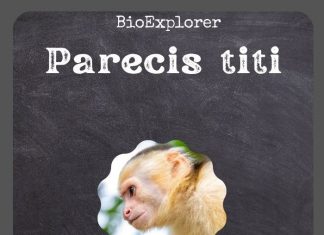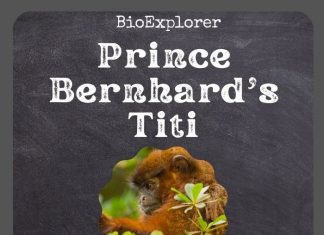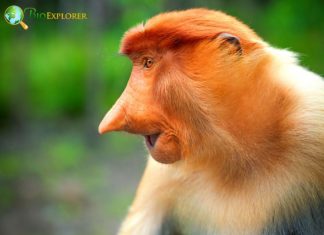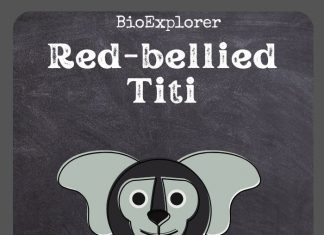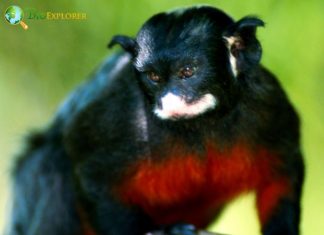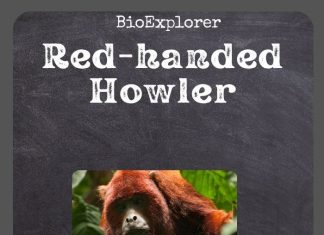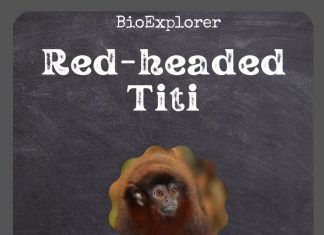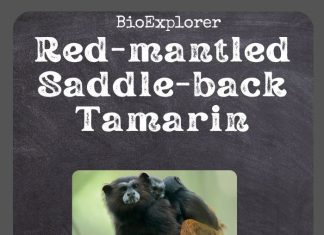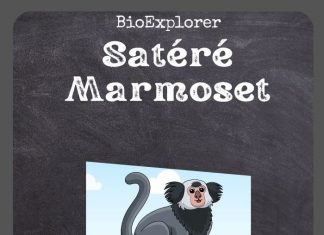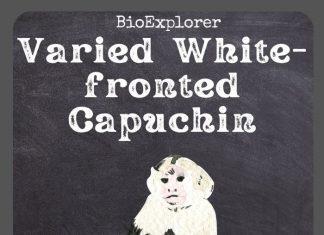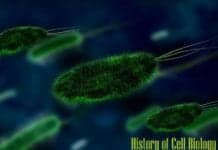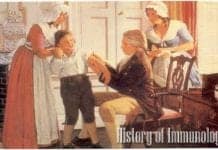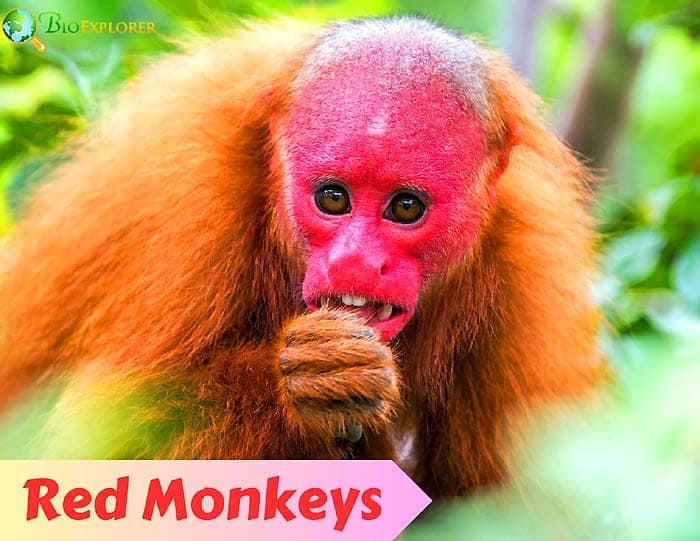
Red monkeys refer to various Old World and New World Monkey species from Africa, Asia, and South America with reddish fur or skin on parts of their bodies. The red coloration is quite unique among primates across these regions.
So, what exactly defines a red monkey?
They are monkeys that have reddish-brown, chestnut, orange, or even deep crimson fur or skin on their limbs, tails, faces, or rears. This red coloring provides camouflage, social communication, and thermoregulation benefits.
Some physical traits of red monkeys include:
- Small to medium-sized bodies measuring 12 to 28 inches.
- Long tails used for grasping branches (in Old World species).
- Varied facial shapes and muzzle lengths.
- Expressive eyes with white rims around the Iris.
- Dexterous hands with fingerprints and flat nails.
Habitats of red monkeys
Red monkeys live in many forested habitats across equatorial Africa, South Asia, Southeast Asia, and the Amazon. This includes:
- Tropical Rainforests
- Deciduous forests
- Mangrove forests
- Bamboo forests
- Forest edges by grasslands/swamps.
The Old World species thrive in tall trees, while New World species occupy middle and lower forest layers. Most spend their entire lives amongst the vegetation.
Table of Contents
- Different Types of Red Monkeys
- Where is the red coloring found?
- Alta Floresta Titi
- Aracá Uakari
- Ashy Red Colobus
- Bald Uakari
- Bolivian Red Howler
- Bouvier’s Red Colobus
- Brown Howler Monkey
- Caquetá Titi
- Chestnut-bellied Titi
- Collared Titi
- Coppery Titi
- Crab-Eating Macaque
- Cruz Lima’s Saddleback Tamarin
- Ecuadorian Capuchin
- Equatorial Saki
- Foa’s Red Colobus
- Guyanan Red Howler Monkey
- Lomami Red Colobus
- Lucifer Titi
- Maranhão Red-Handed Howler
- Maroon Langur
- Oustalet’s Red Colobus
- Panamanian Night Monkey
- Parecis Titi
- Patas Monkey
- Prince Bernhard’s Titi
- Proboscis Monkey
- Red Howler Monkey
- Red-backed Bearded Saki
- Red-bellied Monkey
- Red-bellied Titi
- Red-Chested Mustached Tamarin
- Red-eared Guenon
- Red-handed Howler
- Red-headed Titi
- Red-mantled Saddle-Back Tamarin
- Red-Shanked Douc Langur
- Satéré Marmoset
- Schmidt’s Red-tailed Monkey
- Semliki Red Colobus
- Spix’s Red-handed Howler
- Toppin’s Titi
- Ulindi River Red Colobus
- Ursine Howler
- Uta Hick’s Bearded Saki
- Varied White-fronted Capuchin
- Zanzibar Red Colobus
- What Do Red Monkeys Eat?
- Reproduction and Red Monkey Babies
- Role of Red Monkeys in Local Ecosystems
- Conclusion
Different Types of Red Monkeys
Over 50 known species of monkeys worldwide exhibit red coloration on parts of their bodies. The reddish hues range from vivid crimson reds to more subtle chestnut browns. The coverage area also varies – some have red only on their limbs or tails, while others have full red faces.
Where is the red coloring found?
The red appearance in most red monkey species arises from a pigment called eumelanin. This pigment also brings darker black or brown tones to the hair. The specific amount and distribution of eumelanin create rosy hues in red monkeys’ coarse fur or facial skin. Typically, the reddest areas are on the monkey’s rear, inner thighs, cheeks, head crown, or tail.
Now let’s overview some of the major red monkey species across continents:
Alta Floresta Titi
Species Name: Plecturocebus grovesiAracá Uakari
Species Name: Cacajao ayresiAshy Red Colobus
Species Name: Piliocolobus tephroscelesBald Uakari
Species Name: Cacajao calvusBolivian Red Howler
Species Name: Alouatta saraBouvier’s Red Colobus
Species Name: Piliocolobus bouvieriBrown Howler Monkey
Species Name: Alouatta guaribaCaquetá Titi
Species Name: Plecturocebus caquetensisChestnut-bellied Titi
Species Name: Plecturocebus caligatusCollared Titi
Species Name: Cheracebus torquatusCoppery Titi
Species Name: Plecturocebus cupreusCrab-Eating Macaque
Species Name: Macaca fascicularisCruz Lima’s Saddleback Tamarin
Species Name: Leontocebus cruzlimaiEcuadorian Capuchin
Species Name: Cebus aequatorialisEquatorial Saki
Species Name: Pithecia aequatorialisFoa’s Red Colobus
Species Name: Piliocolobus foaiGuyanan Red Howler Monkey
Species Name: Alouatta macconnelliLomami Red Colobus
Species Name: Piliocolobus parmentieriLucifer Titi
Species Name: Cheracebus luciferMaranhão Red-Handed Howler
Species Name: Alouatta ululataMaroon Langur
Species Name: Presbytis rubicundaOustalet’s Red Colobus
Species Name: Piliocolobus oustaletiPanamanian Night Monkey
Species Name: Aotus zonalisParecis Titi
Species Name: Plecturocebus parecisPatas Monkey
Species Name: Erythrocebus patasPrince Bernhard’s Titi
Species Name: Plecturocebus bernhardiProboscis Monkey
Species Name: Nasalis larvatusRed Howler Monkey
Species Name: Alouatta seniculusRed-backed Bearded Saki
Species Name: Chiropotes sagulatusRed-bellied Monkey
Species Name: Cercopithecus erythrogasterRed-bellied Titi
Species Name: Plecturocebus molochRed-Chested Mustached Tamarin
Species Name: Saguinus labiatusRed-eared Guenon
Species Name: Cercopithecus erythrotisRed-handed Howler
Species Name: Alouatta belzebulRed-headed Titi
Species Name: Cheracebus regulusRed-mantled Saddle-Back Tamarin
Species Name: Leontocebus lagonotusRed-Shanked Douc Langur
Species Name: Pygathrix nemaeusSatéré Marmoset
Species Name: Mico satereiSchmidt’s Red-tailed Monkey
Species Name: Cercopithecus ascaniusSemliki Red Colobus
Species Name: Piliocolobus semlikiensisSpix’s Red-handed Howler
Species Name: Alouatta discolorToppin’s Titi
Species Name: Plecturocebus toppiniUlindi River Red Colobus
Species Name: Piliocolobus lulindicusUrsine Howler
Species Name: Alouatta arctoideaUta Hick’s Bearded Saki
Species Name: Chiropotes utahickiVaried White-fronted Capuchin
Species Name: Cebus versicolorZanzibar Red Colobus
Species Name: Piliocolobus kirkii![]()
What Do Red Monkeys Eat?
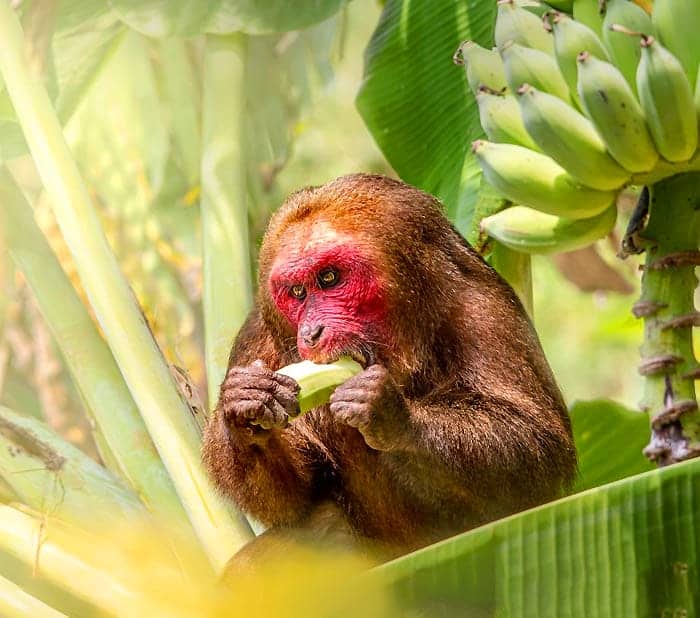
Red monkeys consume various food types, owing to their status as omnivores. Their diets center around ripe fruits, seeds, nuts, leaves, flowers, and stems but occasionally contain insects, bird eggs, smaller mammals, and fungi.
The different red monkey species have varied adaptations and foraging behaviors to obtain meals:
- Fruit specialists: Uakaris have shaggy coats, short tails, and powerful jaws to feast on hard fruits other monkeys can’t open.
- Leaf lovers: Colobus monkeys have multichambered stomachs to digest leaf toxins and get nutrition.
- Tree sap drinkers: Certain primates like the Bengal slow loris tap tree bark to lap up gushing sap using their long tongues.
- Insect eaters: Tamarins and marmosets use claw-like nails to scratch tree bark and sniff out camouflaged insects.
- Seed predators: Baboons, Mandrills, and drills use impressive canine teeth to crack into tough pods and nuts.
- Nectar fans: Long-snouted monkeys plunge their muzzles into flowers to drain the sweet nectar.
The diverse diets provide balanced nutrition, while the varied foraging methods reduce interspecies feeding competition in shared habitats. Availability of preferred foods ultimately impacts red monkey health, reproduction rates, and population sizes. Their keystone seed dispersion and pollination roles also shape tropical forest ecology.
Reproduction and Red Monkey Babies
Red monkeys inhabit some of the most biodiverse ecosystems on Earth and exhibit intriguing reproductive behaviors adapted to their environments.
- Breeding seasons: Mating is often seasonal based on ripe fruit abundance. This ensures enough nutrition for pregnancy and newborns. Some species, like mandrills, breed year-round.
- Gestation periods: The embryo incubation duration typically lasts 5-6 months. For smaller monkeys, it’s less, while great apes like orangutans gestate over 9 months.
- Baby development: Infants are born with full fur, eyes open, and strong grasping reflexes to cling to their mothers. Larger apes are more helpless at birth.
- Parenting roles: Mothers care for the young, but some species like titis and gibbons have fathers and siblings helping babysit new arrivals!
- Lifespans: On average, red monkeys live 15-25 years, depending on the species. Smaller primates have shorter lives, while orangutans can survive 40+ years protected in forests.
Baby red monkeys are raised within complex social structures. Their bright coloring helps them stay visible to parents and troop members in dense rainforest canopies and jungle networks. Vibrant red patches thus serve both camouflage and communication purposes!
Role of Red Monkeys in Local Ecosystems
While small in stature, red monkeys play invaluable roles in maintaining healthy tropical forests across Africa, Asia, and the Americas.
- Seed dispersers: By ingesting fruits and nuts, red monkeys distribute vital seeds through their droppings as they traverse miles across their home ranges daily. This seed dispersal helps regenerate forests.
- Pollination partners: Red monkeys also inadvertently pollinate tropical plants as they collect nectar and pollen adheres to their snouts and fur. They spread crucial pollen between distant same-species plants, leading to plant fertilization.
- Prey species: Although red monkeys are primarily vegetarians, carnivorous predators like eagles, wild cats, and snakes prey on young or sick monkeys, especially more vulnerable species like tamarins, tarsiers, and pottos. This shapes complex food chains.
- Soil fertilizers: Through foraging, digesting, and defecating, red monkeys transfer nutrients from one area and plant type to another, “replanting” them. Their manure acts as natural forest fertilizer.
Conserving endangered red monkey populations through habitat protection and anti-poaching initiatives ensures they fulfill these forest regeneration services.
Black Monkeys | White Monkeys | Green Monkeys | Brown Monkeys | Orange Monkeys | Gray Monkeys | Yellow Monkeys
Conclusion
Red monkeys comprise over 50 primate species from all major land masses besides Europe that exhibit signature reddish coloration on parts of their fur or skin. The red hues likely evolved as camouflage against forest backdrops of rust, copper, and cinnamon coloring while also serving social communication roles.
Some interesting highlights about these passionately pigmented primates include:
- Vibrant red faces of uakaris.
- Bright crimson Rosettes of spider monkeys.
- Fiery fur “caps” on red-shanked doucs.
- Bushy red beards on Amazon tamarins.
- Brick red limbs of titi and saki monkeys.
The varieties of red monkeys convey nature’s artistic genius through arresting interplays of texture, shape, and tone. Yet habitat destruction for farms, mining, and poaching for meat or trophies threatens many red monkey populations, especially endemic species with limited ranges.



